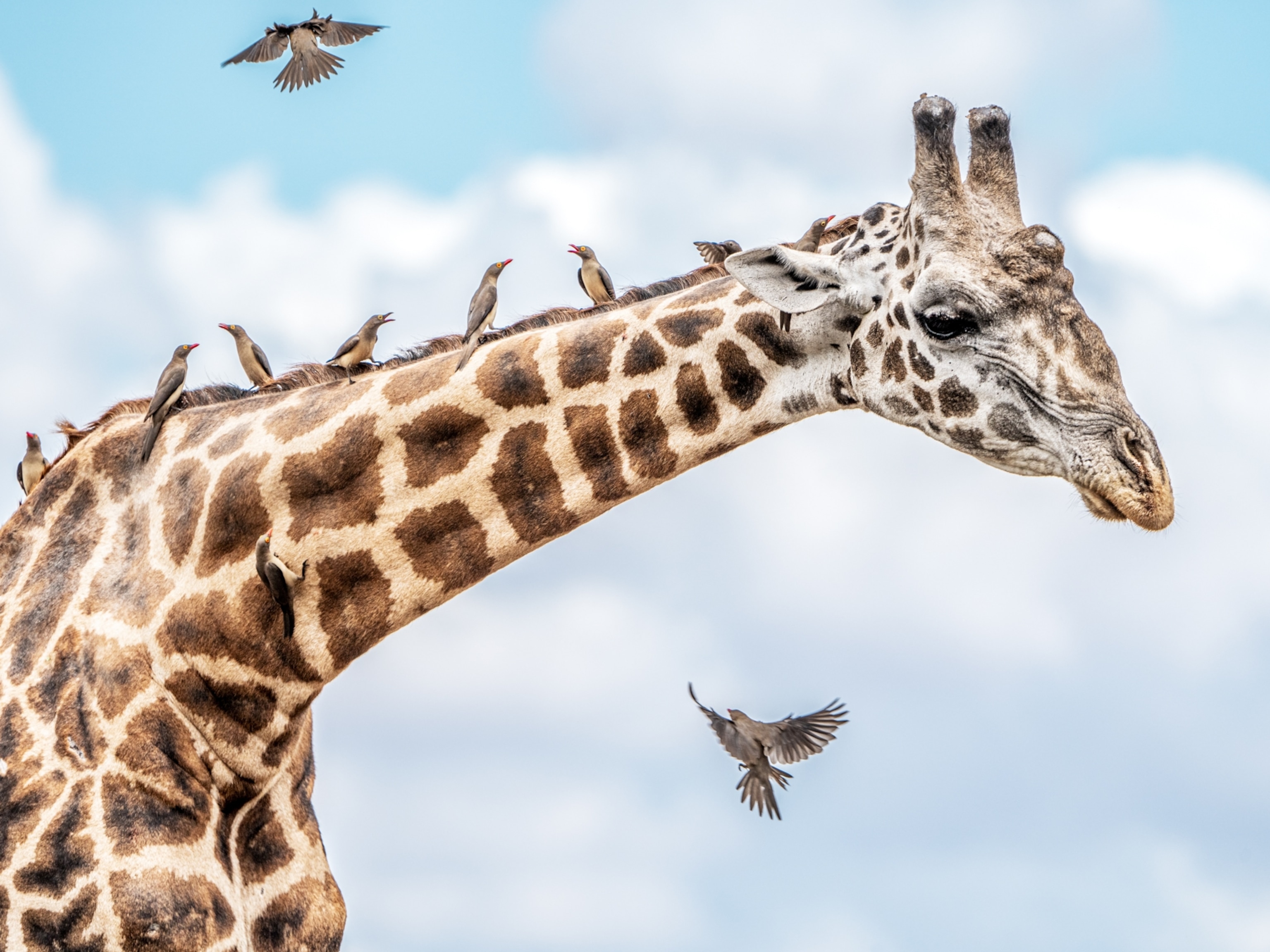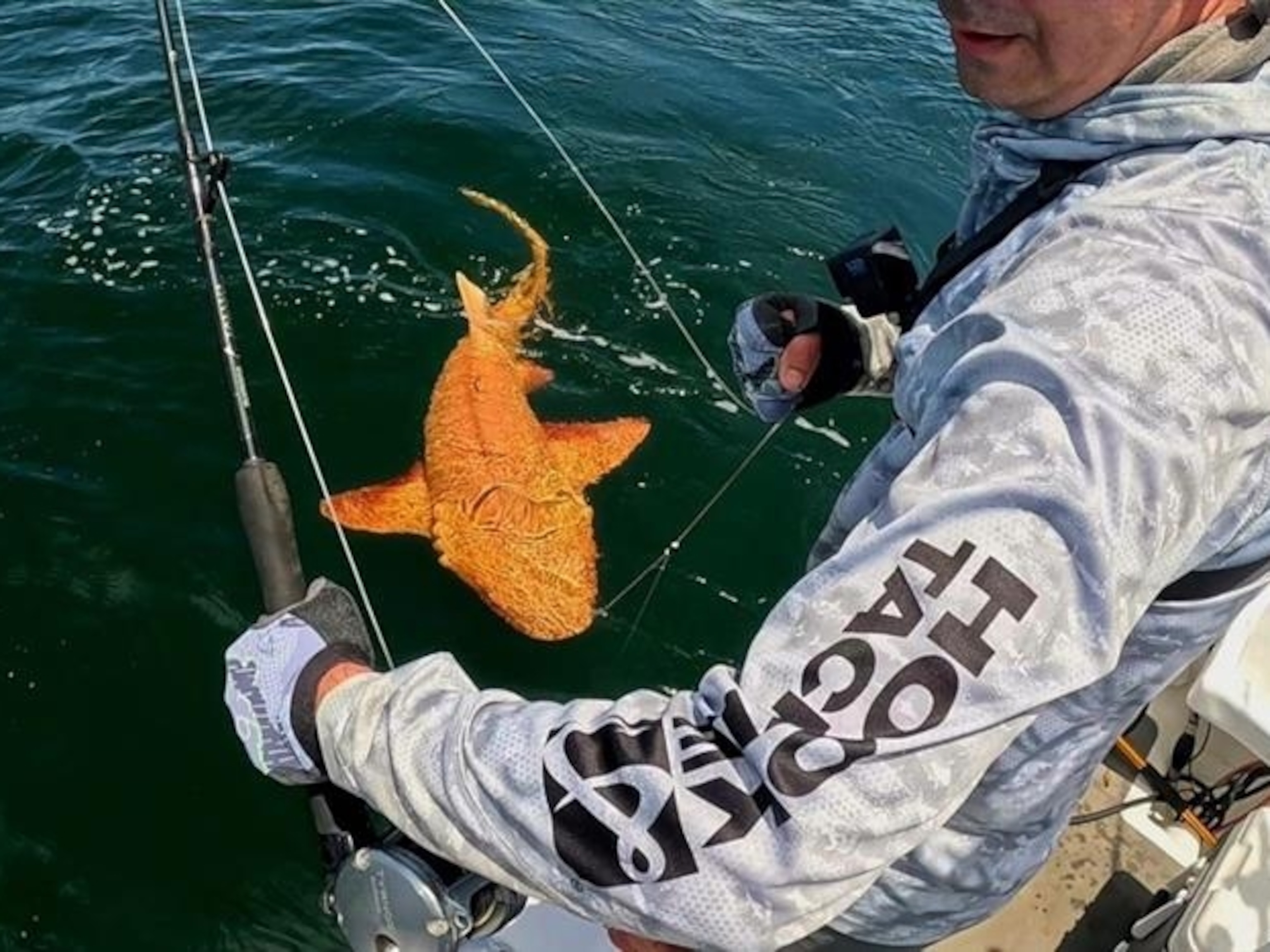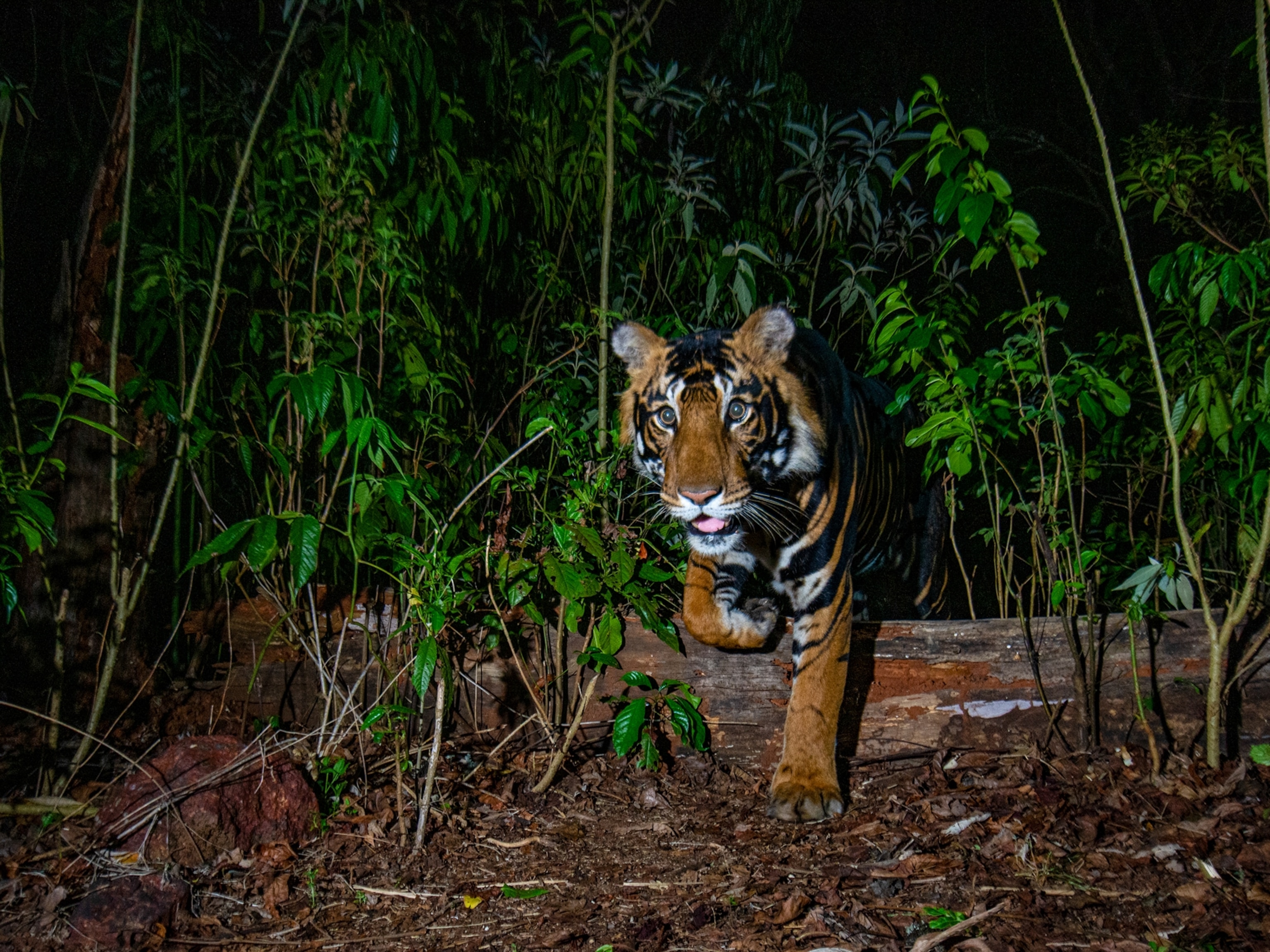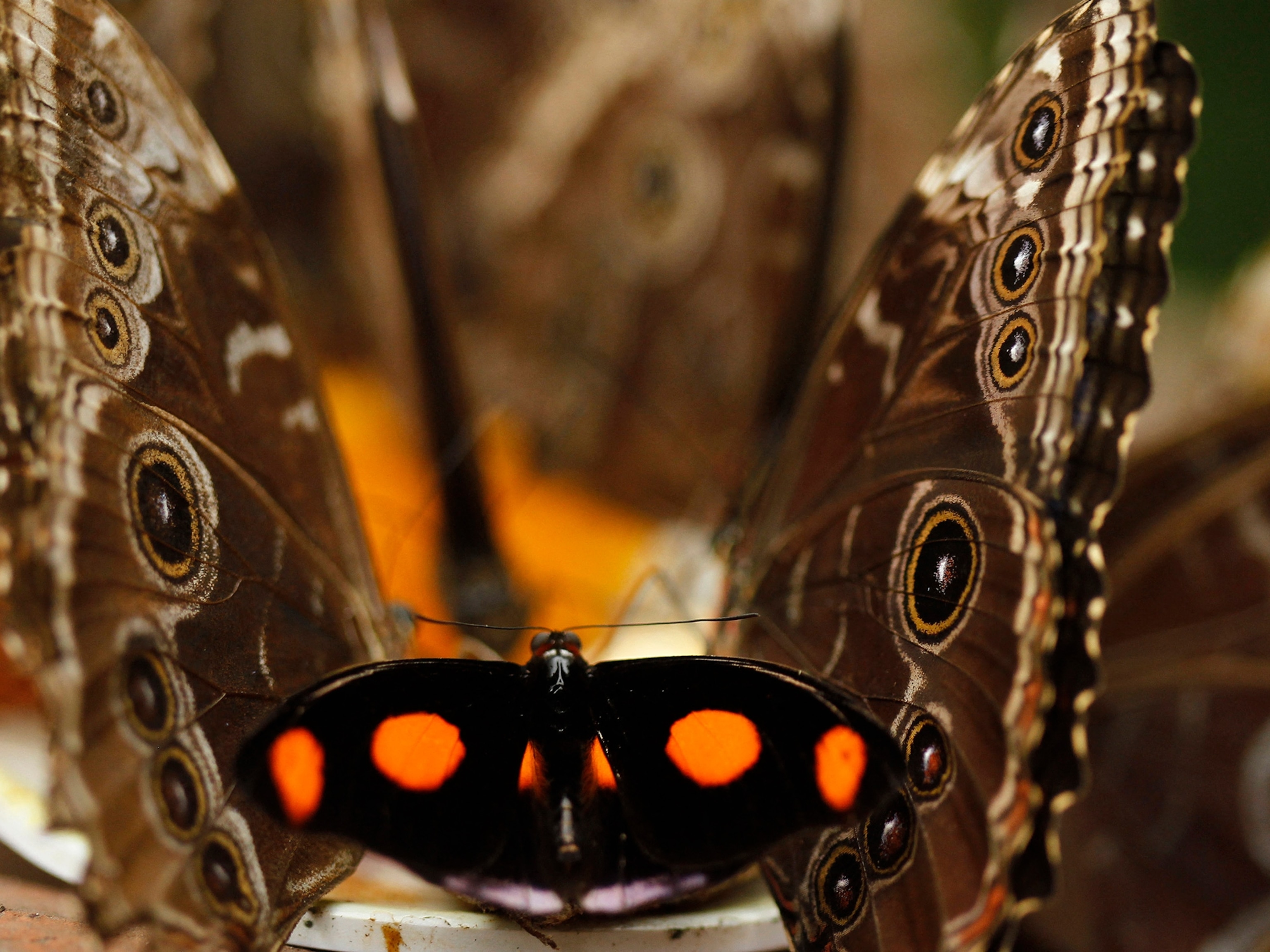
Exclusive: Rare Black Wildcat Caught on Film in Africa
Servals are normally tan with black spots, but an unusually dark animal in Kenya surprised photographer Sergio Pitamitz.
For Sergio Pitamitz, seeing a black cat was a stroke of luck.
While leading a photography tour in Lualenyi Camp, a private game reserve near Kenya's Tsavo West National Park, on February 18, Pitamitz noticed a dark spot moving in the grass. His vehicle stopped, and he waited.
Within a few minutes, a jet-black serval—a wildcat with a normally cheetah-like coat—ambled into view of the shocked group before disappearing back into the bush. (Related: "Out of the Shadows, the Wildcats You've Never Seen.")
"When you do wildlife photography, you’re always searching for something rare and strange," says Pitamitz. "It was absolutely incredible."
The animal is melanistic—its genes carry a mutation that creates more dark pigment than light pigment, according to Eduardo Eizirik, a biologist and cat-melanism expert at Pontifical Catholic University of Rio Grande do Sul in Brazil.
Though melanism is common enough among wildcats—it's reported in 13 of the 38 known species—the trait seems to be relatively rare in servals: There are just at several records of black servals in the scientific literature from Kenya and Tanzania, Eizirik says. Additionally, "there are recent unequivocal records" of black servals in Ethiopia, Gabon, and the Central African Republic, according to Luke Hunter, president of Panthera.
In the Black
The most famous melanistic cat is the black panther, an umbrella term that encompasses dark-furred leopards in Asia and Africa and inky jaguars in South America. (Related: "How Much Do You Know About the Real 'Jungle Book' Animals?")
Eizirik and colleagues have discovered eight distinct mutations that lead to melanism in cats, and all seem to have evolved independently. (The puma, or mountain lion, lacks the gene that causes melanism.)
But why melanism evolved in cats is a trickier question.
It's possible that a black coat offers some melanistic cats camouflage as they hunt—especially in dimly lit habitats. For instance, black panthers are plentiful in the dense rain forests of peninsular Malaysia but not in the deserts of Central Asia.
In sunny climes, evolution may have selected against melanism, since a black coat could overheat the animal, Eizirik says. (See "Here Are 7 Cats You Never Knew Existed.")
Though there's no obvious reason for the Kenyan serval to develop melanism, Eizirik suspects the recently seen feline does just fine, laying low by day and hunting at night.
Feline “Owl” on the Prowl
Known as the owls of the cat family, servals are nocturnal hunters that use their oversize ears to pick up on rodents rustling in high grass, says Jim Sanderson, a small-cat expert and program manager at the Texas-based Global Wildlife Conservation.
Servals "can leap very high, and with their long forelegs and sharp claws secure a rodent before they can react," Sanderson says in an email.
Widespread throughout sub-Saharan Africa, the species is not endangered, but its nighttime habits make it seldom seen on safari.
That’s why Pitamitz considers himself doubly fortunate: "You can imagine [how hard it is to see] a serval" during a photo tour, he says. "A black serval is almost impossible."





